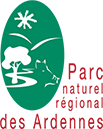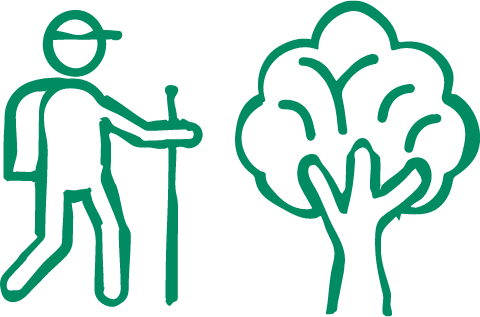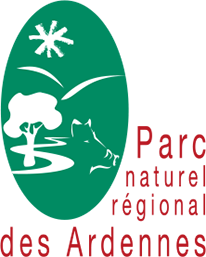If we had to sum up the Parks in two letters, it would be SD, as in sustainable development. Since 1967, the Parks have been experimenting with the concept and inventing a new way of life, closer to people and nature.
A territory recognized for its rich heritage, the Park is above all a player in Sustainable Development at the service of its inhabitants. How can we develop human activities while protecting our natural, cultural and historical heritage? This is the challenge facing the region.

The region
5 for 1 !
The Ardennes Regional Natural Park is composed of 5 varied landscape units, ranging from the dense forests to the bocage meadows.
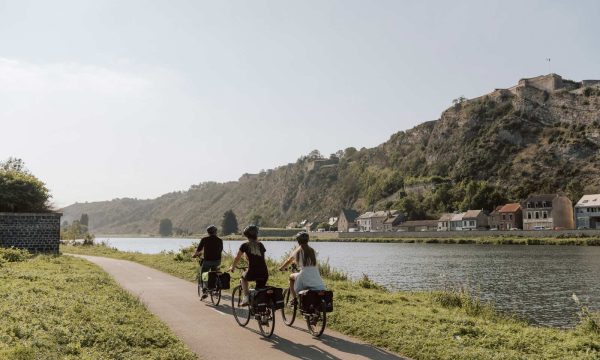
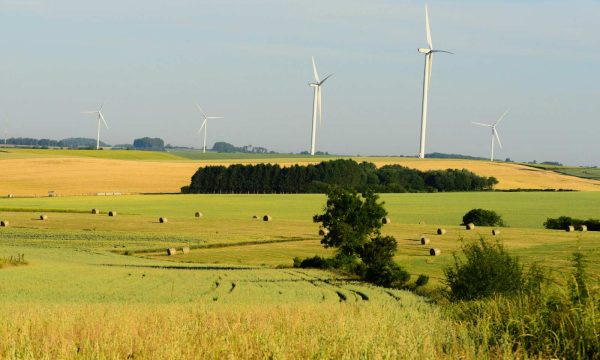
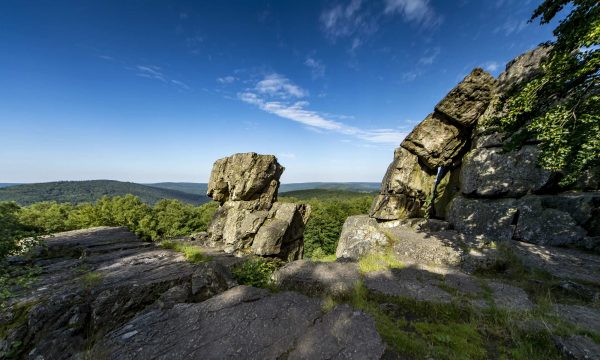
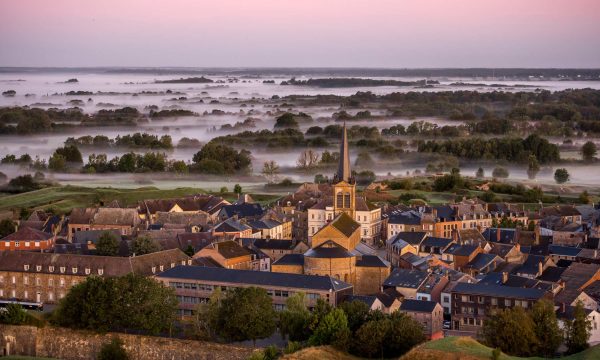
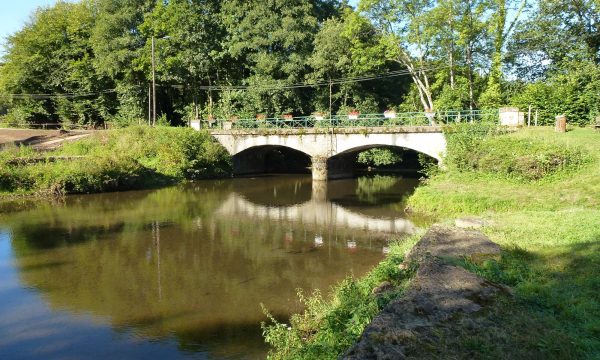
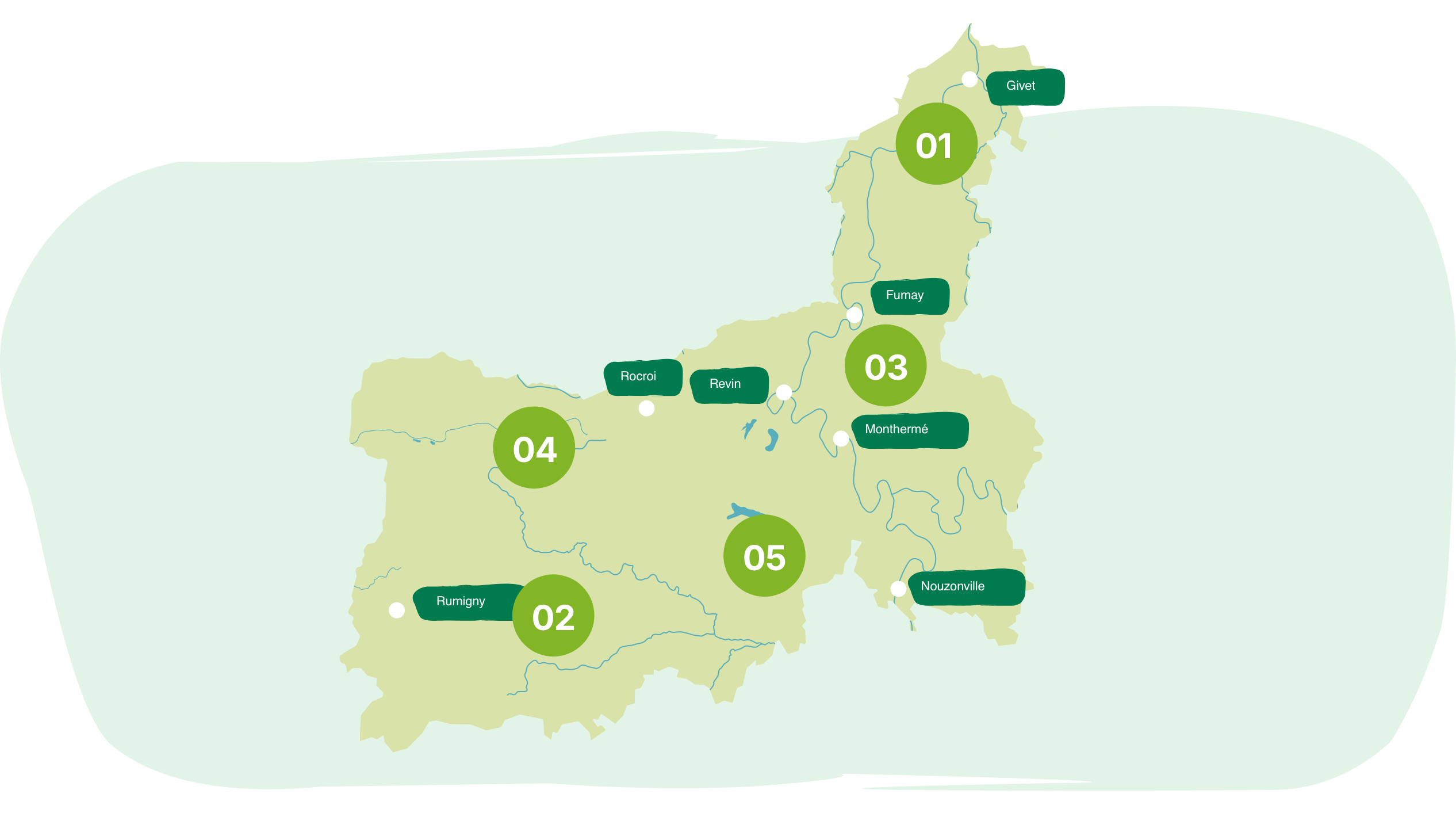

A hilly landscape marked by quarries and fortifications. The limestone subsoil gives this area its identity, with a predominance of bluestone and characteristic dry meadows.

Its fields, bocage and pastures are very different from the rest of the territory, and for good reason: we're leaving the Ardennes to meet the Parisian Basin. As the scene of many conflicts between the kingdoms of France and Spain, the churches were transformed, taking on the appearance of fortresses.

A wooded landscape cut by the valleys of the Meuse and Semoy rivers, marked by the metallurgical industry and slate mining. The subsoil is composed of alternating soft and hard rock, with numerous outcrops and steep cliffs.

This plateau is marked by its fortified town overlooking a series of wet pastures. There are still large marshes and several censes (the local name given to the farms of yesteryear that made the land arable).

This landscape takes its name from the river that meanders through this agricultural territory, dotted with hedgerows and orchards. A land of water, it's home to some of the Park's most remarkable aquatic species.
The Park is
A charter approved by all communes, local authorities and the State, defining 9 priority missions:
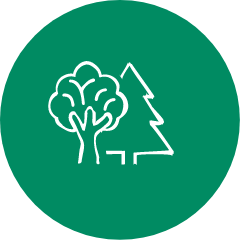
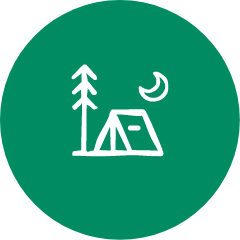
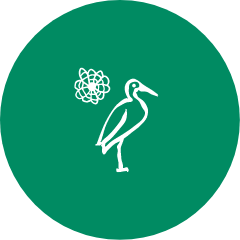



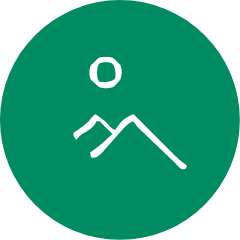
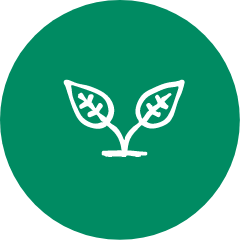
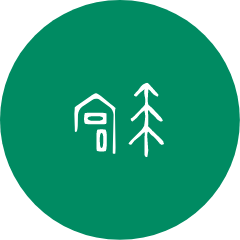

The Park’s house welcomes the public all year round, to help them discover the riches of the region.
It’s the perfect place to welcome and inform tourists, and a meeting place for local residents, elected representatives, partners and other visitors. The information and documentation area has been designed to delight the youngest and inform the oldest.
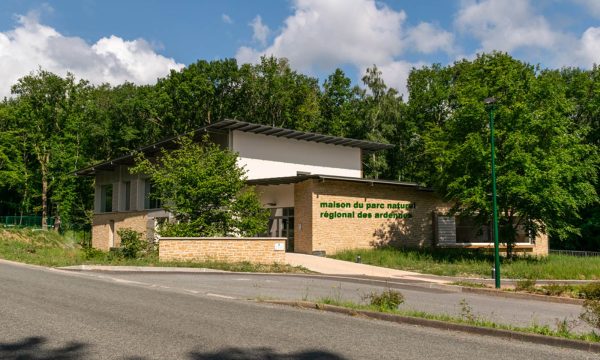
The administrative offices of the PNR des Ardennes are located in Renwez:

Maison du Parc naturel régional des Ardennes
RTE Sécheval – RD140
08150 RENWEZ
Park’s house open Monday to Friday, 9:00 a.m. to 12:00 p.m. and 1:30 p.m. to 5:30 p.m.
Tél : +33 (0)3 24 42 90 57
The Park’s house is a museographic space dedicated to memory, traditions, know-how and the environment. It’s a place for local events, information and promotion of the region, and education about its cultural and natural heritage.

How the Park works
The Ardennes Regional Natural Park is managed by a mixes association, which brings together the region, the department, federation of municipalities, municipalities and representatives of civil society.
The Park is administered by a syndicate comittee made up of elected and appointed representatives of the local authorities that belong to the Ardennes Regional Natural Park. It is this council that takes the major decisions: budget, job creation, statutes, orientations… For day-to-day business, it is the union office (restricted council) that takes over.

Les Amis du Parc (Friends of the Park)
This association brings together various local associations working to promote heritage in all its forms.
Les Amis du parc has the essential mission of monitoring the life of the Park, with the following objectives:

To contribute, in liaison with the Park, to the organization, animation and development of economic, tourist, socio-educational, cultural and sporting activities.

To encourage renewed interest among local populations in the recognition of the region’s heritage, sites and landscapes.

To encourage all actions likely to promote the Park’s activities.
